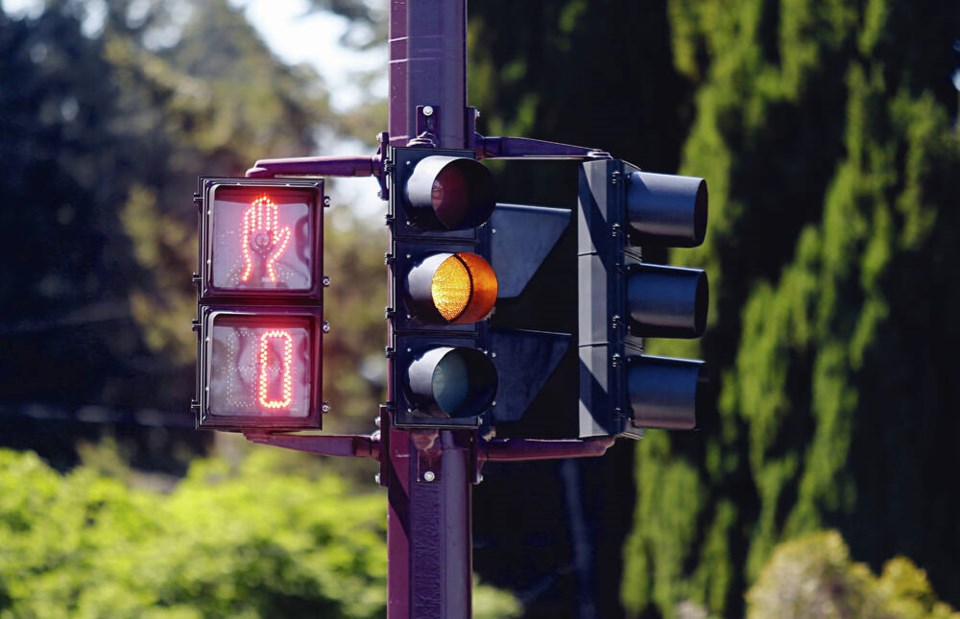An Ipsos poll released in March shows that Canadian drivers are than ever. But as the polling numbers show, even though we’re concerned, we’re not fully prepared to accept our share of responsibility for the problems.
In other words: “I’m an OK driver, but the rest of you out there have to smarten up.”
Compared with 2021, two-thirds (65%) of us feel that road safety is a serious issue — up from 59% in 2021. In fact, road safety is now one of the top five community issues for more than half of the people polled in this survey. Moreover, people who believe our roads are safe have fallen significantly — down to 39% from 46% in 2021.
According to Ipsos, most Canadians feel that the issue is to address poor driving behaviour (66%) rather than addressing road-design problems (34%), so it follows that we would like to see more enforcement out there, particularly in the area of impaired driving (81%).
But we’re conflicted. For example, speeding is always a hot button concern in nearly every neighbourhood.
According to Ipsos, 52% of us acknowledge that reducing speed limits is an effective strategy for preventing collisions which cause serious injuries or death. But only 28% of us feel that speed limits are too high and should be lowered.
Another concerning trend is that while two-thirds of Canadians (64%) believe that roads should be shared with everyone — drivers, pedestrians and cyclists — only 61% of us admitted to an understanding that users like cyclists, pedestrians, the elderly and children are more vulnerable when our roads are unsafe. When Ipsos drilled a little further into the concept of road- sharing, they found that one-third (32%) of Canadians believe that cyclists don’t belong on the road. That’s a concern. While the vast majority of us believe that we should be taking precautions around cyclists and pedestrians, that number has dropped by five points (85% from 90%) since 2021.
What law enforcement, road safety officials and educators should be most concerned about, though, are new trends towards greater tolerance for risky behaviour behind the wheel.
We’re less concerned about texting and driving — 90% versus 94% since 2021. We also think it’s more OK now to drive after taking stimulants than we were two years ago — 88% down from 94%. We’re also more tolerant of smoking a few joints and then driving — 81% down from 92%. Finally, we’re more accepting about having two or more alcoholic drinks and then driving — 74% down from 79%.
Clearly, a strong majority of Canadians still oppose bad driving behaviour. The problem I see from these numbers is that we’re just a little less willing today to accept personal responsibility for all that bad driving we see out there every day.
The bigger worry for me though is what these trends translate to in the real driving world — life-altering injuries and even worse tragedies. A victim caught in that world will find that stats, polls and driving trends really don’t matter anymore.
Glove Box: I received loads of email on the navigation of roundabouts.
The biggest concern was about drivers failing to signal their exit from the circle. It’s a trickier issue than it seems. You’re telling your brain to turn to the car to the left as you go round, at the same time you tell it to signal “right” in order to exit.
In larger roundabouts, there is some more time to think about the procedure. In small circles you’re often in and out sometimes before you can even flick the turn signal lever.
It never hurts to let other drivers know what you’re doing with your signal lights, even when it’s not technically required. The challenge for roundabout signalling is: “When exactly are you going to exit?” It might not be at the first available street. The second problem is that you should never assume that a driver is going to make a turn or an exit just because a signal light is flashing.
Good defensive driving programs instruct students never to pull out in front of a signalling vehicle until you actually see it slow down and enter into the turn manoeuvre they have indicated. Why? Because we’ve all seen those drivers who go for blocks, even kilometres, with their turn signal blinking away — driving straight as an arrow.
Remember the bedrock rule for a roundabout: “Yield to traffic in the circle.” If you collide with a vehicle already in the circle even though they were signalling to exit, you’ve still failed to yield. You might have an excuse but you could be short on a legal defence.
>>> To comment on this article, write a letter to the editor: [email protected]



